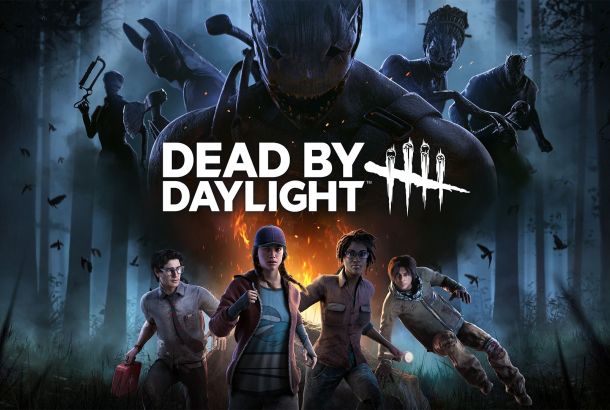Oculus Rift Preview
By Damien Trinh
So dawns the age of virtual reality, brought to you by Oculus VR Incorporated. Their product, Oculus Rift, manages to do something where so many others have failed: affordable virtual reality that actually works, and it works very well. Most attempts prior to this have either flopped or been out of the price range for most gamers. Right from the get go, Oculus Rift managed to lure gamers in. Starting on the crowd funding site Kickstarter, the developers set an initial target of $250,000. They achieved this in less than 24 hours. By the end of their campaign they had raised a staggering $2.4 million. This piled on the pressure for Oculus to deliver. So did they? Absolutely.
Oculus Rift is a head mounted display which works independently from your PC monitor. That is, the games you play will be shown through the Oculus Rift’s own screen, achieving a depth of field by creating different images for your left and right eyes. It’s more than just a small screen mounted to your head. That would be pointless. The screen actually mimics human vision making the games you play all that more immersive. Coupled with this is its ability to track head movements, allowing you to look around in real time. This isn’t even the final consumer version, just the development kit for testing.
As you can probably imagine, as well as all the fun and immersion Oculus Rift brings, so too does it bring motion sickness and dizziness; a common complaint amongst early testers. Still being in development, Oculus revealed an updated version in the recent Consumer Electronics Show 2014, Crystal Cove. This new prototype reduces the motion blur associated with moving your head, making the induced nausea much less and the graphics much clearer while moving around. However, Crystal Cove does something much more amazing. Already being able to track your head as you look around, Crystal Cove tracks not just where you’re looking, but how far forward or back your head is. In essence, not only does it let you look around an aircraft cockpit, for example, but also move forward and look closer at the instruments and controls, putting you right there in the game.
Since the first development kits were released, thousands of videos have been broadcast on YouTube showing a variety of games and how they work with Oculus Rift. Imagine games like Minecraft, DayZ or Skyrim and actually being face to face with a fearsome foe, with the ability to examine the world up close around you to an already highly involved game. Or would you perhaps prefer flying a Spitfire, firing down upon your enemies, moving your head frantically as you try to get a visual on other aircraft? What about having a godlike feeling as you overlook the battlefield in an real time strategy, giving you ultimate control as your ever watching gaze sweeps around like the Eye of Sauron? Oculus Rift makes all of this possible.
With each passing month more games are adding support for Oculus Rift. Action and Adventure games are where Oculus Rift really comes into it’s element, with support already available for the hugely popular Half Life 2 and Minecraft, and an unofficial mod for The Elder Scrolls V: Skyrim. The Oculus Rift would work well with any game with a first person aspect, such as racing games like F1 2013 or DiRT 3. Needless to say it makes horror games an even more frightening experience that’ll make you come back for more. The rise of indie games like Dear Esther and The Stanley Parable means Oculus Rift can give a completely new dimension of exploration.
The consumer version is expected to be released at the end of 2014 or early 2015. There’s no word yet on price, but the development kit is currently $300. Perhaps this may seem a little steep, but it definitely shouldn’t be viewed as a new game or gimmick. It’s more on the level of a new PC monitor, in which case the price isn’t that bad and is actually relatively affordable. The current resolution of the Oculus Rift is 1280×800 on a 7 inch screen, however the consumer version is expected to be 1920×1080. There are talks already of a 4K version for an ultra high definition and mesmerising experience. Moving in a game is of course still limited to traditional methods; a controller or keyboard and mouse, but you really can’t expect much more from them. As it stands, Oculus Rift is the closest you’ll actually get to traversing epic landscapes, piloting a plane or running into a bloody battle, all from the comfort of your PC. It manages to connect the game on your screen to the seat you’re sitting in and, from here, things can only get better.







